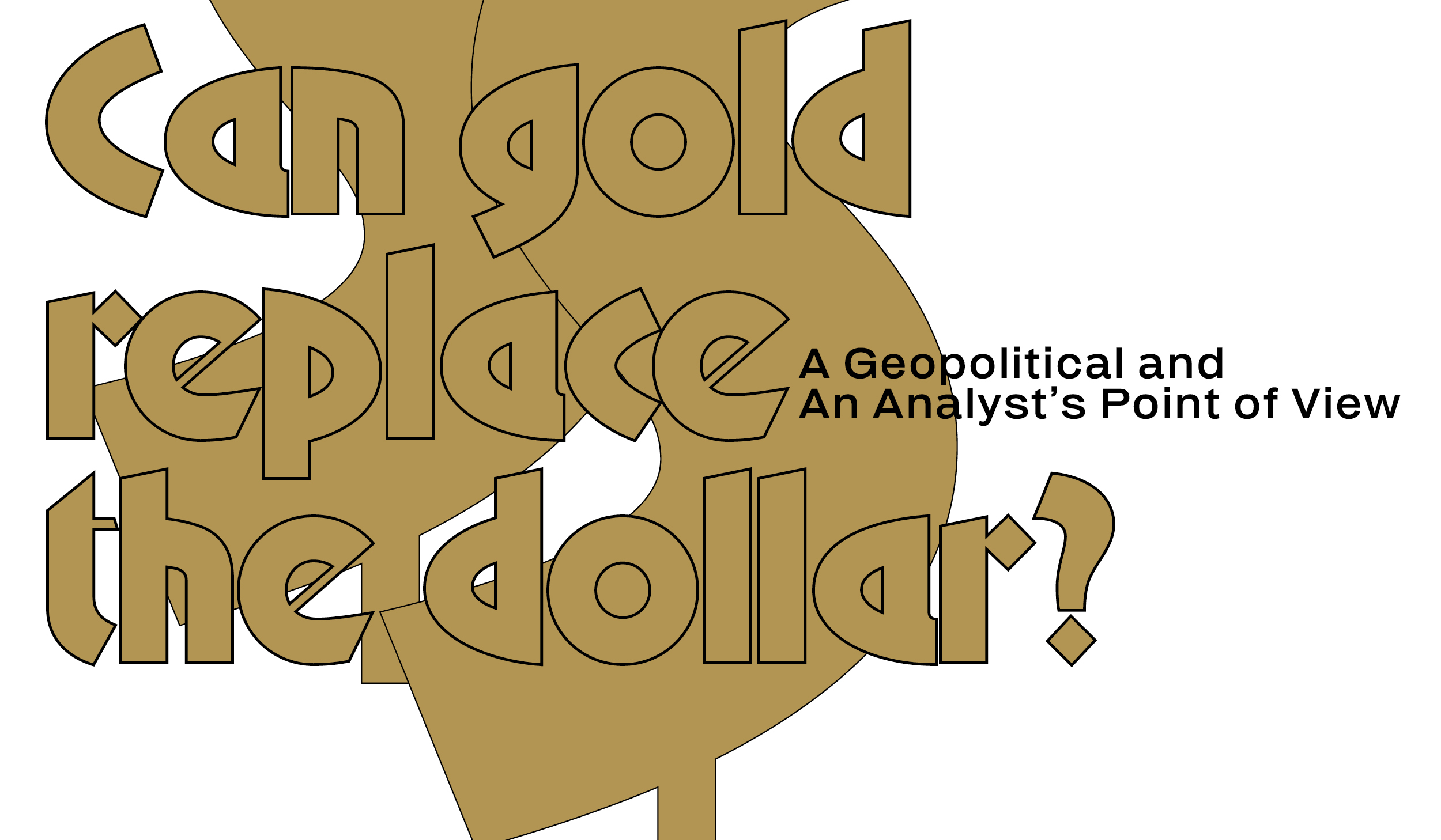Gold vs. Dollar: The Geopolitical Shift in Global Finance
After an initial meeting at Vicenzaoro, Alessandro Aresu, writer and expert on public policies, analyzes the rise in US sanctions and the phenomenon of dedollarization, exploring golden ages and economic opportunities
In times when we are experiencing multiple military, commercial, and technological conflicts, the role of gold certainly becomes more important as a safe haven, even if we must also consider the effects of these situations on consumption, for other aspects related to gold trade itself, and the fact that monetary policy decisions can impact gold price fluctuations.
What Does Dedollarization Mean?
Dedollarization refers to the end or downgrading of the dollar as the reference currency for trade and finance. Data tells us that we are in a world where economic power is spreading among new players, such as China, India, and others, but where the dollar's primacy is not being challenged at all—not by the euro, the Japanese yen, nor by the Chinese currency. Therefore, countries closest to the Chinese sphere or those not aligned have no real currency alternatives and prefer to buy gold.
How Would You Define a "Golden Age" Today?
Gold is one of the most powerful symbols of beauty and prosperity recognized by humanity, so we will continue to call "golden ages" those moments we see as the best or particularly significant. This applies not only to the history of nations but also to comic books and television series. Regarding different nations or political entities, we must also remember that historical and contemporary "golden ages" vary and do not all occur at the same time. For example, India’s historical “golden age” coincided with the Gupta Empire. Due to India’s demographic and economic window, there may be a “golden age” going on now and in the coming years, but whether it will actually be called that depends on several factors!
The conflict between the United States and China is a structural trend of our time, as is the economic and demographic rise of non-Western countries. These countries will continue to look for ways to be less constrained by the dollar system, so various gold-focused political-financial initiatives are possible, especially in view of the buying dynamics we have seen in the last year and a half. This does not necessarily imply a continuous gold rally, which already exceeded $2,500 an ounce for the first time in August, but it does mean that this growth is nevertheless part of structural trends that will continue to characterize us.
Could Gold Replace the Dollar?
In my books, and particularly in the last two The Dominion of the 21st Century (2022) and Geopolitics of Artificial Intelligence (2024), I describe the consequences of the trade and technology war between the US and China. In response to China’s technological growth and industrial policies, the US has tightened its sanctions and export controls. We are therefore witnessing a clearer separation between a supply chain that belongs to the US and one that belongs to China. There are several countries in between for which diversification into gold is a way of gaining freedom of initiative, especially in terms of the dollar’s primacy in commercial transactions and therefore the potential exclusion from the vast majority of financial circuits that are centered on the dollar.

BIO
Alessandro Aresu, writer and expert in public policies and strategies, is the author of several books on global scenarios, including a trilogy on geopolitics and technology: The Powers of Political Capitalism (2020), The Dominion of the 21st Century (2022), Geopolitics of Artificial Intelligence (2024). He writes for Limes, Le Grand Continent, and other magazines. He has devoted numerous studies to technology companies including ASML, BYD, DeepMind, NVIDIA, Palantir, and TSMC. He collaborated for 12 years with various institutions, including the Italian Prime Minister's Office and the Ministry of Economy.


